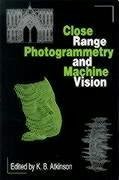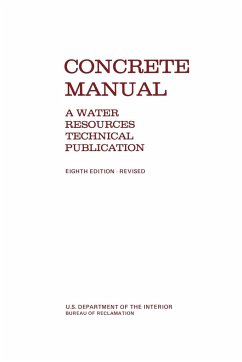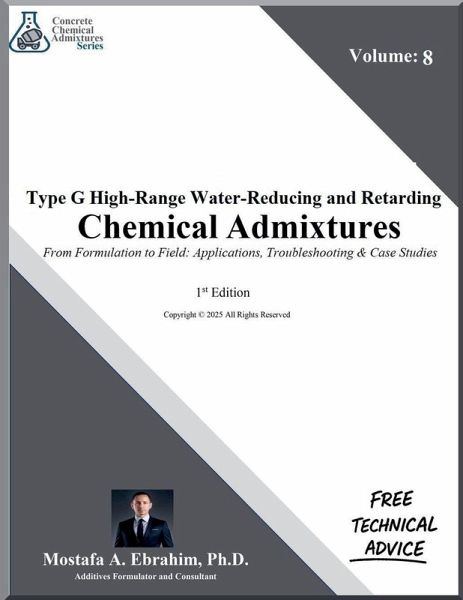
Type G High-Range Water-Reducing and Retarding Chemical Admixtures - From Formulation to Field
Applications, Troubleshooting & Case Studies
Versandkostenfrei!
Versandfertig in 1-2 Wochen
81,99 €
inkl. MwSt.

PAYBACK Punkte
41 °P sammeln!
"Type G High-Range Water-Reducing and Retarding Admixtures" represents the definitive technical reference on one of concrete technology's most sophisticated chemical systems. This comprehensive volume bridges the gap between molecular science and practical application, delivering unparalleled insight into the chemistry, formulation, and field performance of these critical construction materials. The book systematically explores the evolution from first-generation lignosulfonates to advanced fourth-generation hybrid systems that deliver both ¿12% water reduction and precisely controlled set re...
"Type G High-Range Water-Reducing and Retarding Admixtures" represents the definitive technical reference on one of concrete technology's most sophisticated chemical systems. This comprehensive volume bridges the gap between molecular science and practical application, delivering unparalleled insight into the chemistry, formulation, and field performance of these critical construction materials. The book systematically explores the evolution from first-generation lignosulfonates to advanced fourth-generation hybrid systems that deliver both ¿12% water reduction and precisely controlled set retardation within the 90-210 minute window required by ASTM C494 specifications. Readers will discover detailed examinations of the three primary chemical families, sulfonated naphthalene formaldehyde (SNF), sulfonated melamine formaldehyde (SMF), and polycarboxylate ethers (PCEs), with particular emphasis on structure-performance relationships that determine real-world effectiveness. The text meticulously explains how molecular architecture influences dispersion mechanisms, from the electrostatic repulsion of SNF and SMF to the steric hindrance of PCEs that enables extended slump retention. For each chemistry, the book details manufacturing processes, critical quality control parameters, and compatibility considerations with diverse cement types and supplementary cementitious materials. The practical application section provides field-tested protocols for dosage optimization across temperature ranges, strategic addition sequencing, and verification methods including slump flow monitoring, setting time tests, and advanced techniques like zeta potential analysis and isothermal calorimetry. Extensive troubleshooting guidance addresses common issues such as rapid slump loss, excessive retardation, and false set through root cause analysis and corrective action plans. Designed for concrete producers, admixture manufacturers, engineers, and field personnel, this book transforms complex chemical concepts into actionable knowledge. It establishes the scientific foundation for understanding why Type G admixtures function as they do while providing the operational framework for consistent, reliable performance in demanding applications from mass pours to self-consolidating concrete. By integrating theoretical depth with practical wisdom, this volume serves as both an authoritative reference and an essential field guide for anyone working with high-performance concrete systems.



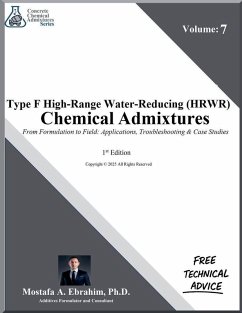
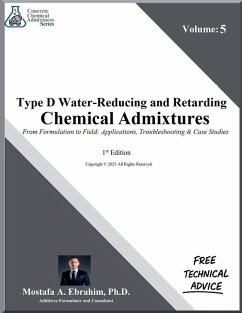
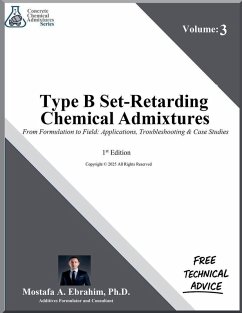
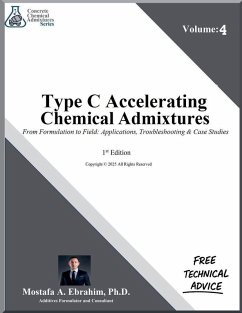
![Compilation of Literature Relating to the Fire Waste of the Country, and the Best Means of Reducing It [microform] Cover Compilation of Literature Relating to the Fire Waste of the Country, and the Best Means of Reducing It [microform]](https://bilder.buecher.de/produkte/66/66196/66196290n.jpg)
